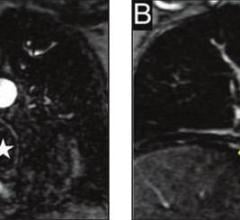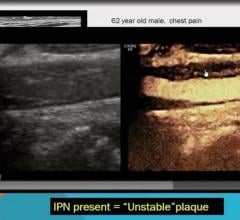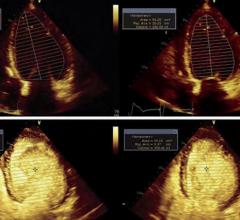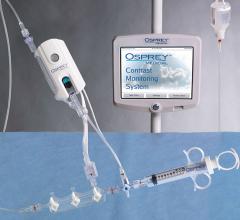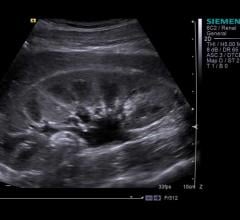January 18, 2013 — GE Healthcare announced that it has filed a supplemental new drug application (sNDA) that will allow the company to manufacture Optison (Perflutren Protein-Type A Microspheres Injectable Suspension, USP), within its own facility. Optison is a contrast agent that may improve the visualization of the left ventricular border — an area of the heart that is critical to see in order to assess and diagnose certain heart diseases. Upon approval, GE Healthcare will provide supply of Optison to the U.S. market from its manufacturing facility in Oslo, becoming the only contrast media manufacturer to supply its own stock for the United States.
Optison is indicated for use in patients with suboptimal echocardiograms to opacify the left ventricle and to improve delineation of the left ventricular endocardial borders. Optison is not for use in patients with known or suspected: (1) Right-to-left, bi-directional, or transient right-to-left cardiac shunts, or (2) hypersensitivity to perflutren, blood, blood products or albumin. It should not be administered by intra-arterial injection. As for all ultrasound contrast agents, Optison has a boxed warning indicating that serious cardiopulmonary reactions, including fatalities, have occurred uncommonly during or following perflutren-containing microsphere administration. Most serious reactions occur within 30 minutes of administration. Healthcare professionals should assess all patients for the presence of any condition that precludes Optison administration and always have resuscitation equipment and trained personnel readily available.
Optison remains an important diagnostic option for patients with suboptimal echocardiograms. Additionally, Optison offers a unique, convenient value to clinicians and patients: It is stable at room temperature for up to 24 hours and takes less than 60 seconds to prepare, allowing for quick access to contrast in hospital settings like the cardiac lab or emergency room.
Optison vials do not contain preservative and are for single patient use only. Healthcare professionals should follow labeled instructions for product handling and use and discard unused product properly.
The most frequently reported adverse reactions following clinical trial use of Optison were headache, nausea and/or vomiting, warm sensation or flushing and dizziness. Cardiac arrests and other serious but non-fatal adverse reactions were uncommonly reported post-marketing. Most of these uncommon reactions included cardiopulmonary symptoms and signs such as cardiac or respiratory arrest, hypotension, supraventricular and ventricular arrhythmias, respiratory distress or decreased oxygenation. Reports also identified neurologic reactions (loss of consciousness or convulsions) as well as anaphylactoid reactions.
For more information: www.gehealthcare.com


 August 17, 2023
August 17, 2023 
